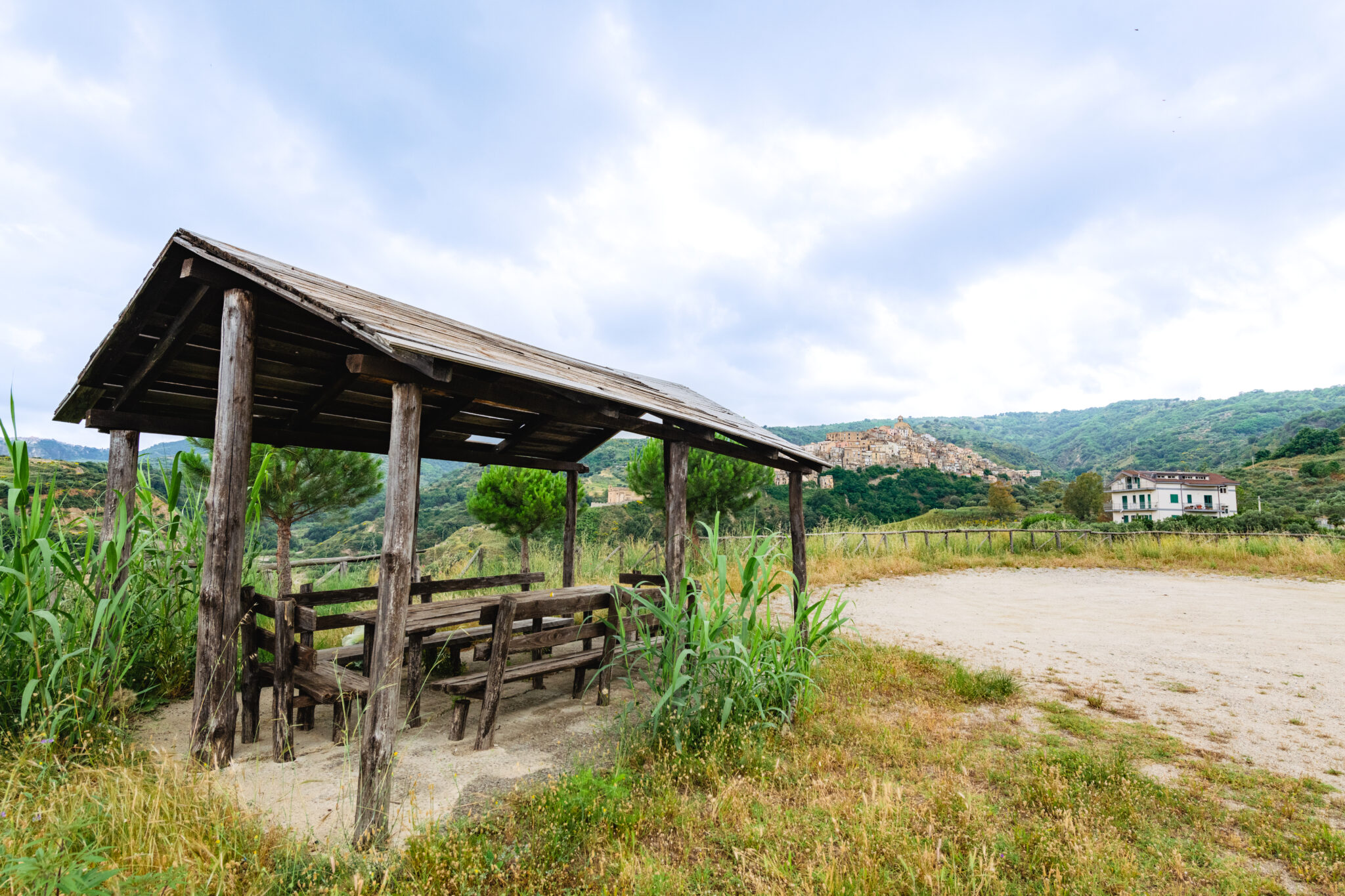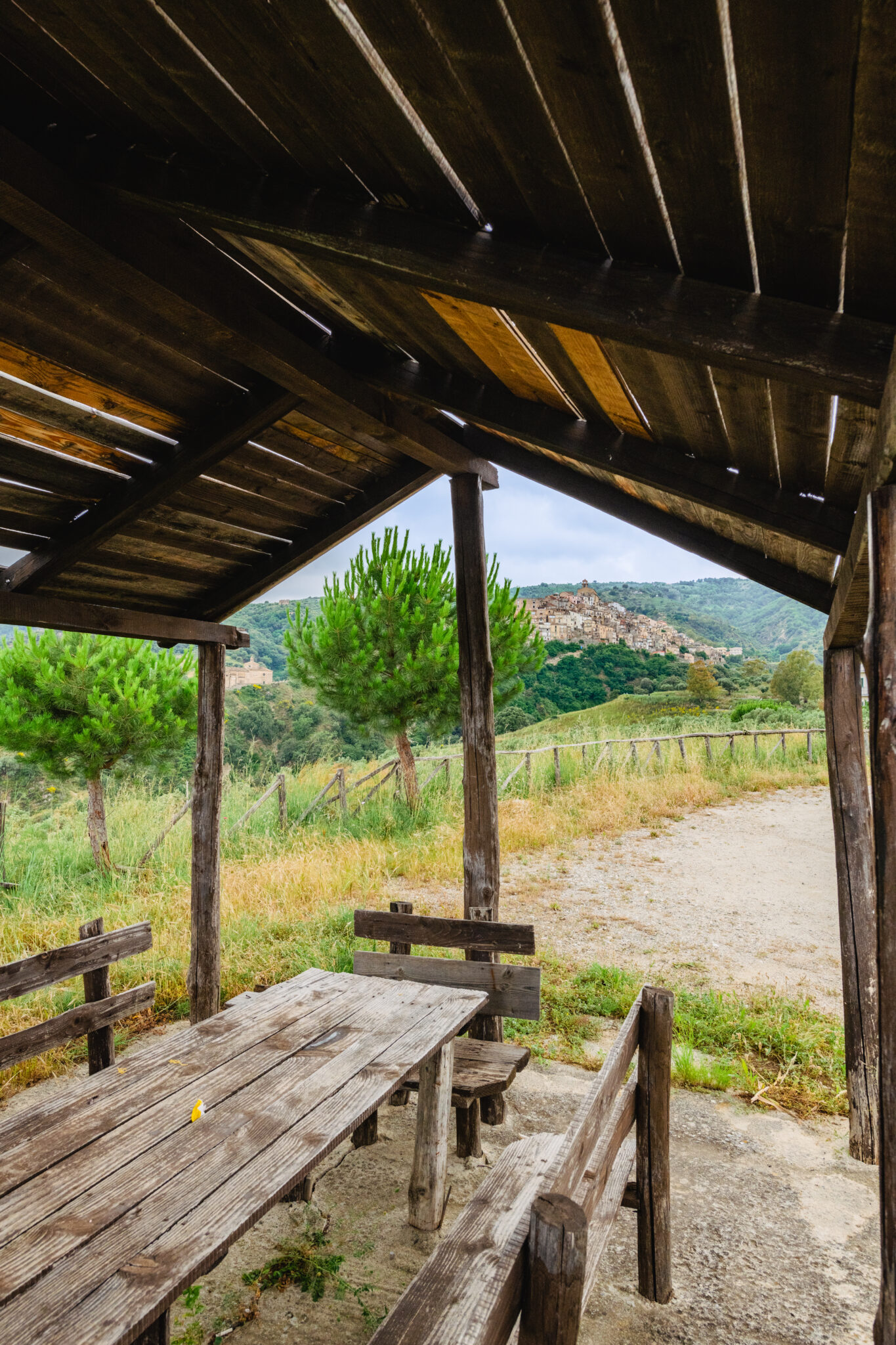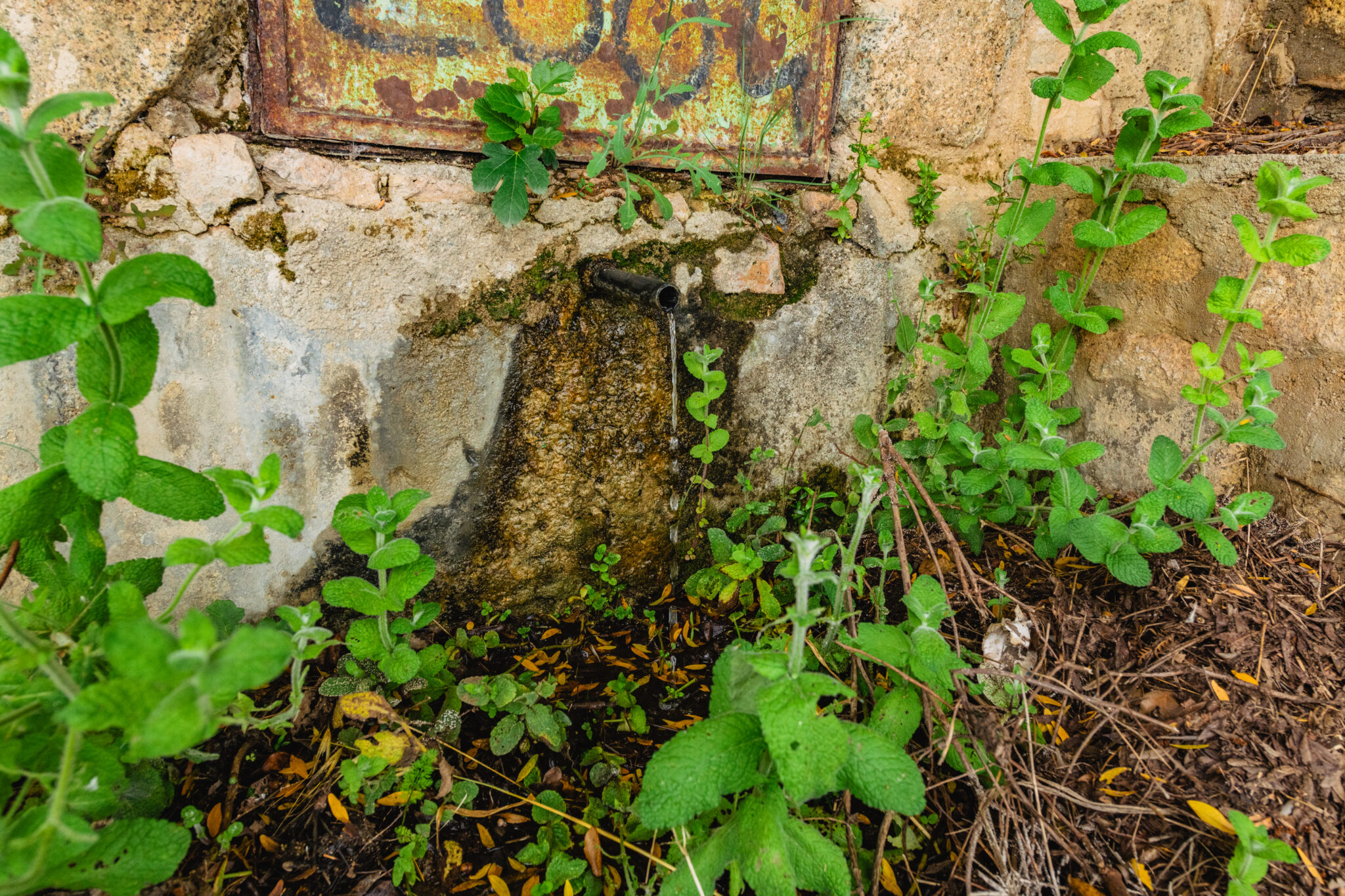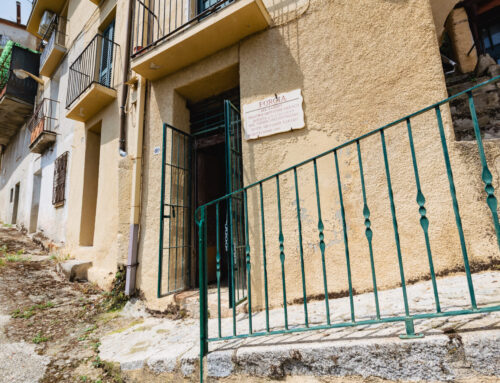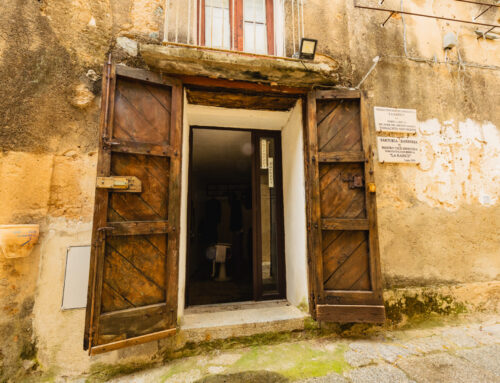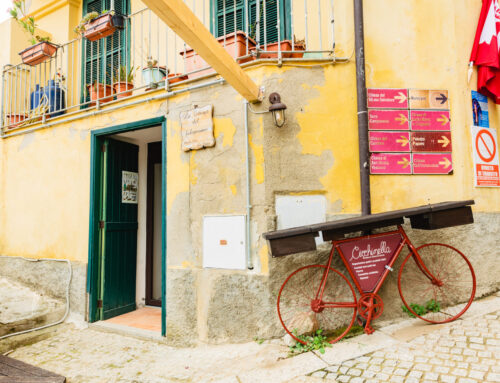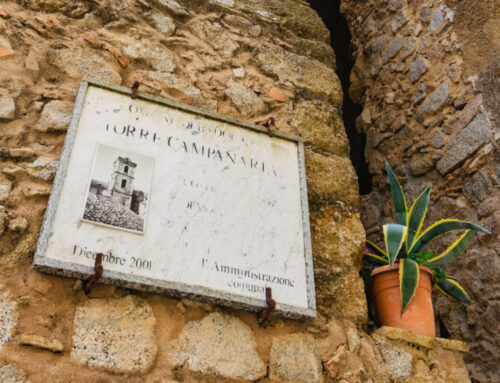On the way to Badolato Superiore, after the long series of bends that lead up to Zangàrsa, on the left there is a welcoming rest area with a gazebo and benches that invite you to take a break. Not to rest, as they are only a few kilometres from their destination, but to make their first contact with the old village. A visual contact that is particularly fascinating and exciting from this angle. In front of them, beyond the valley of the river Vodà, on a hill that descends to the sea from the west, lies a sleepy village that evokes a nativity scene and a fairy tale.
There is little noise, and when it’s night, there are few lights. And down there, to the east, not far from the last houses, defending itself against unimaginable enemies, stands the 17th-century church of the Immaculate, with its beautiful octagonal dome.
Once you have made this contact, you can continue your journey towards Piazza Castello.
The Fountain
During the construction of the road connecting the village to the railway station (in the 1880s), a water source was discovered and a small fountain was built in a designated area of the road widening in Zangàrsa. Although the road was passable, cars were rare until the Second World War.
Instead, the peasants, with the exception of a few who used carts, went down to the sea on donkeys or on foot, perhaps even barefoot to prevent the soles of their shoes from wearing out. This fountain was therefore used as a watering place, especially in the evening when returning from the fields, and as a watering place in the morning before starting a long day’s work. Not always, in fact, was there even a meagre well near the working area.
Until a few years ago, on the path below the well, stood five tall and dense cypress trees, planted by the then Baron Paparo for each of his children. Because of their height, they served as a visible landmark from the sea for those travelling by boat on the Ionian. Unfortunately, one by one they were destroyed by fire, perhaps even deliberately


